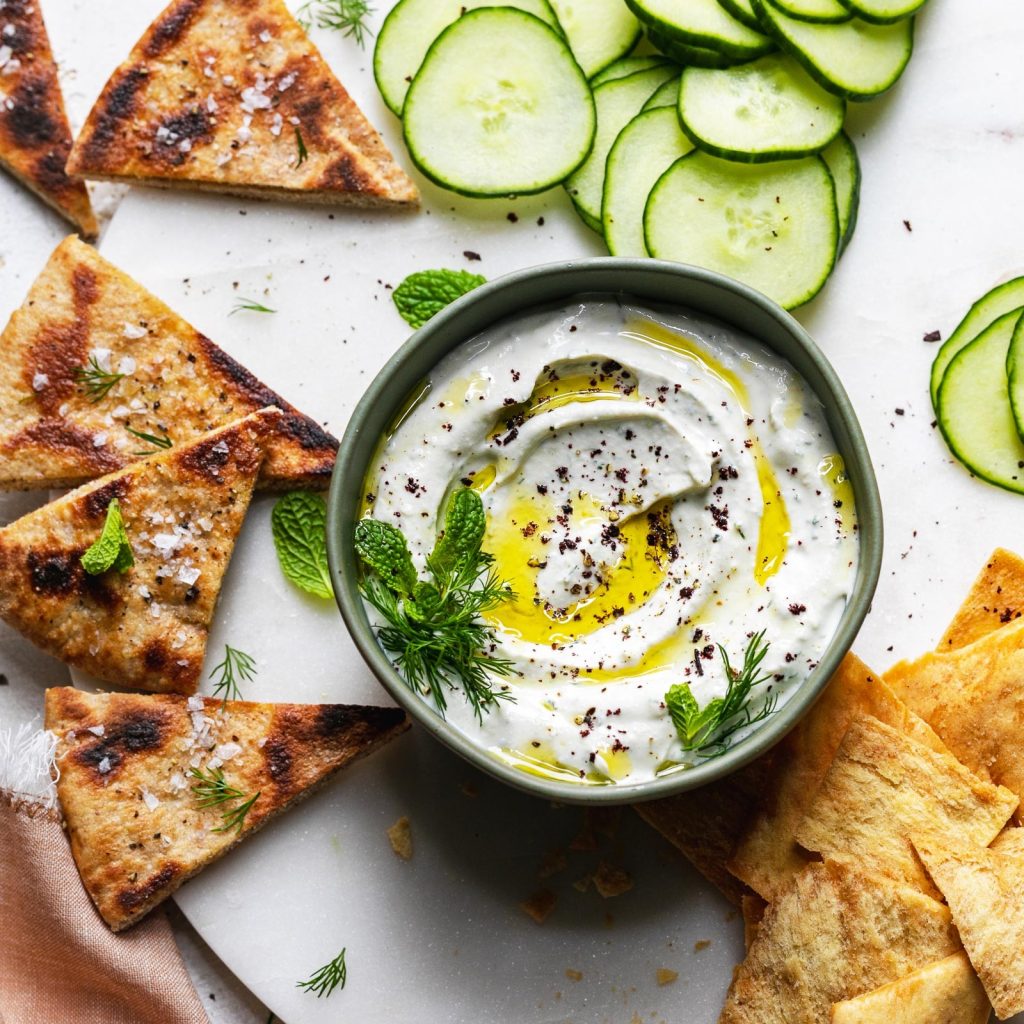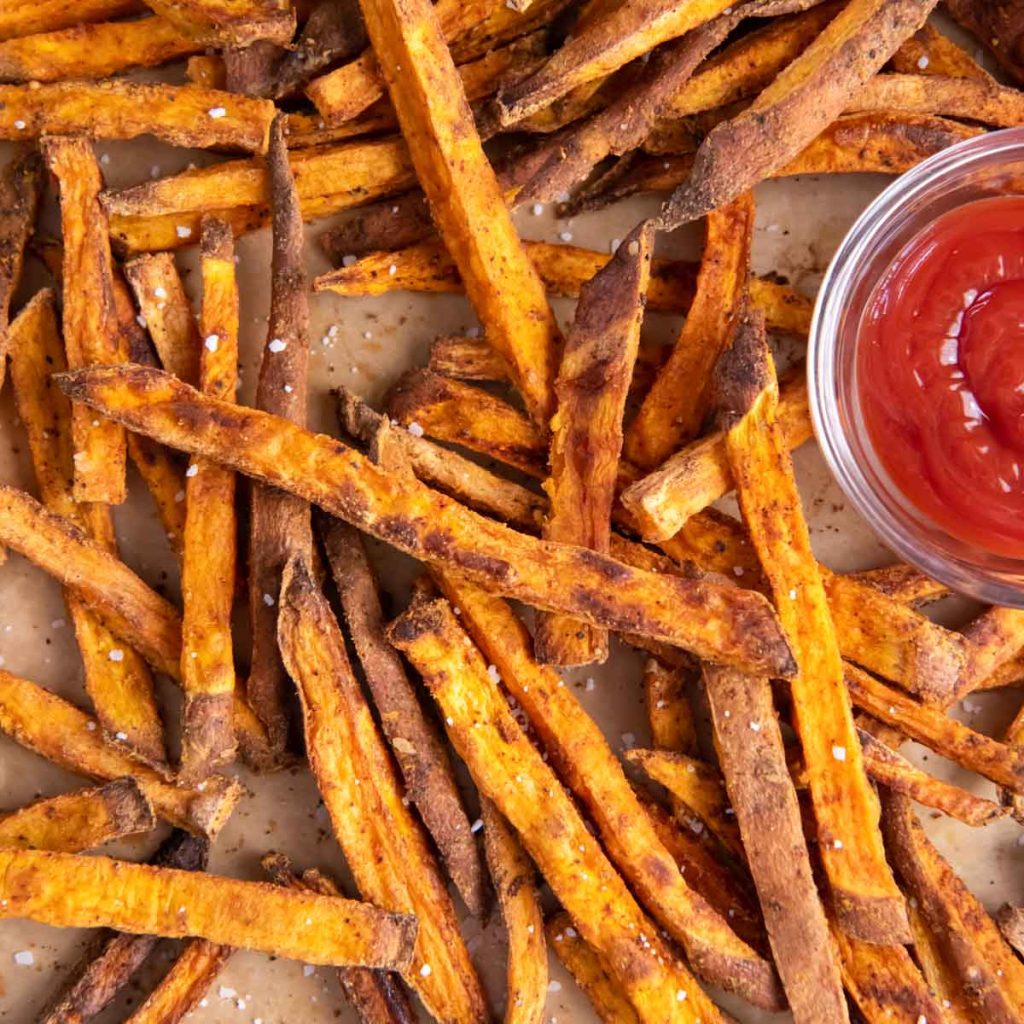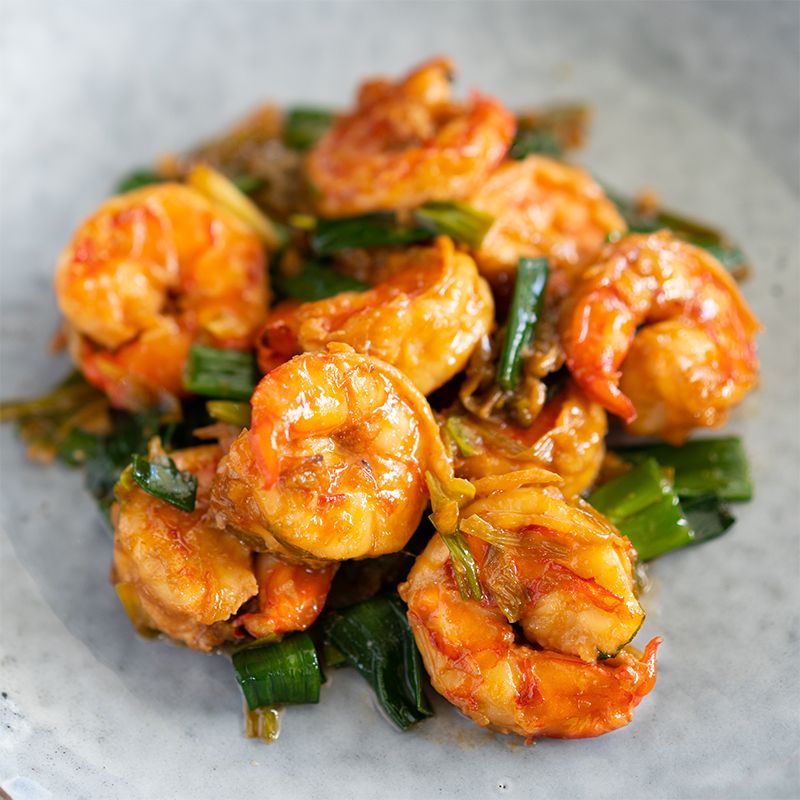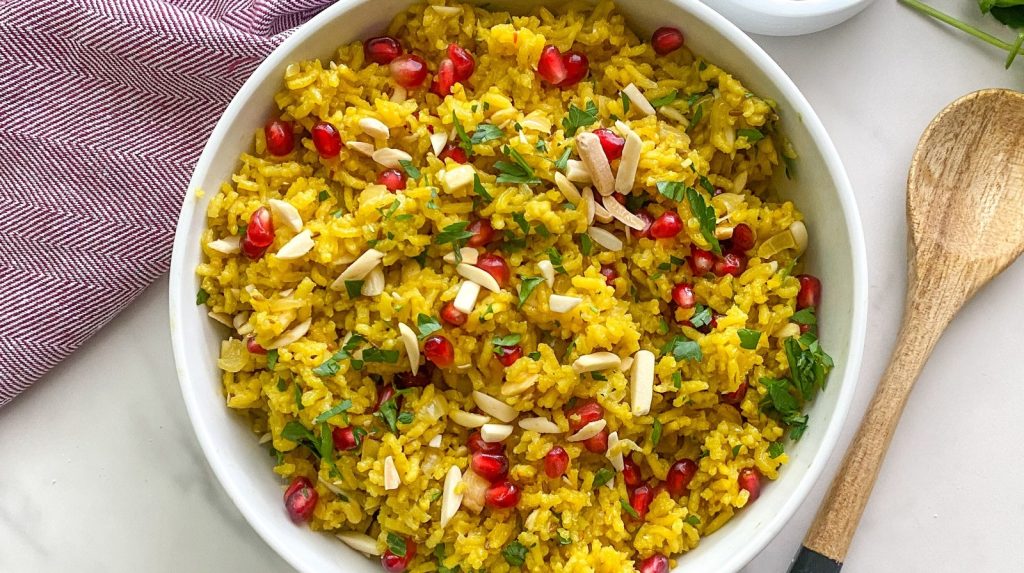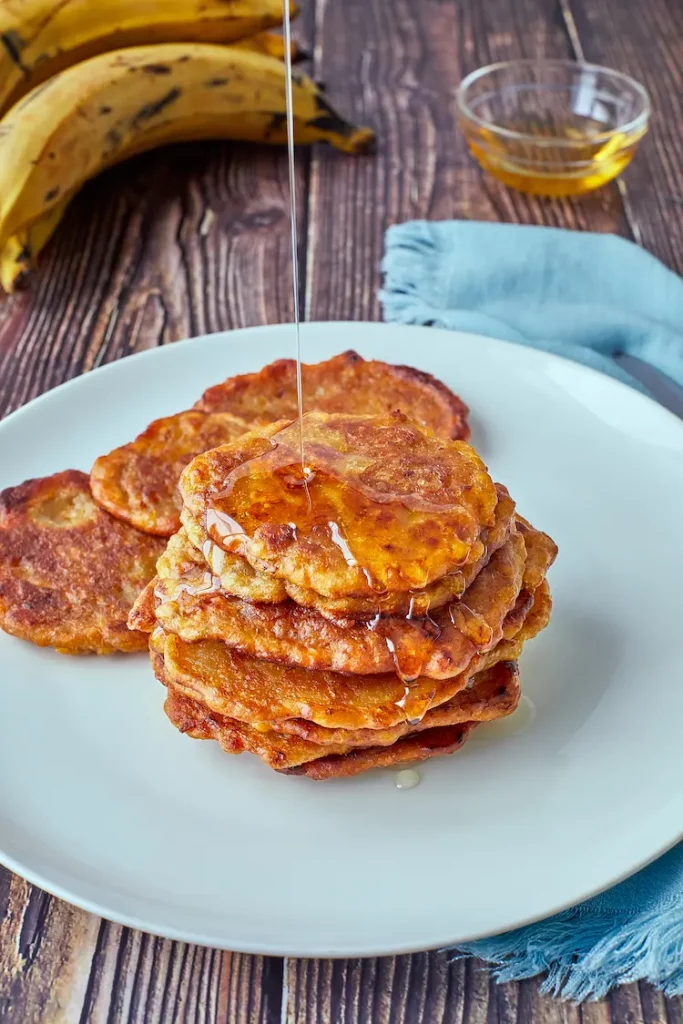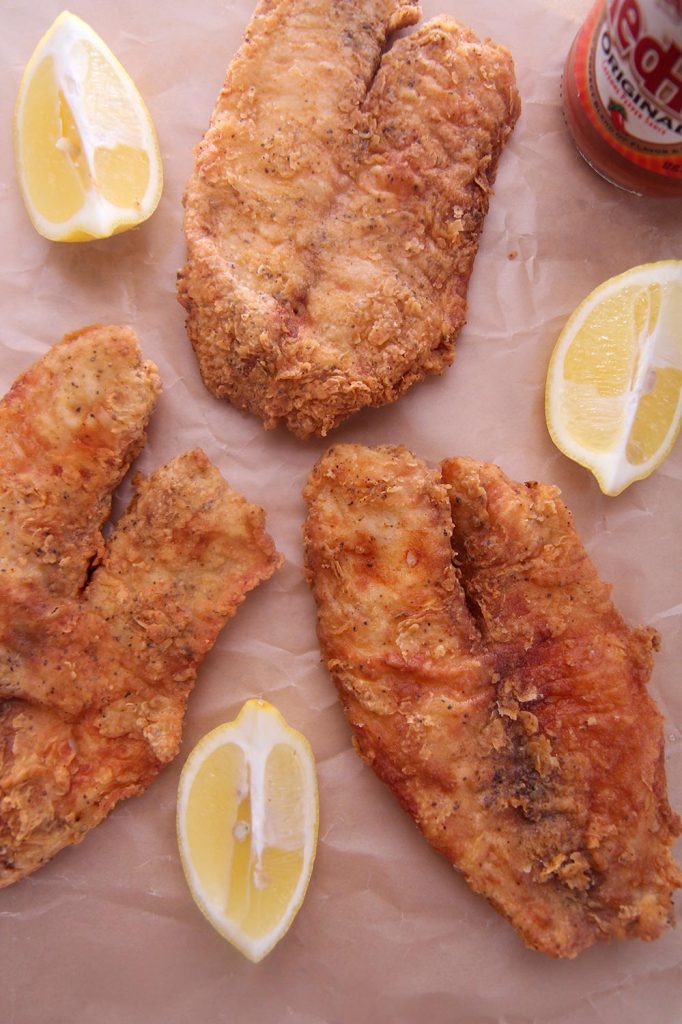Pilau rice is a fragrant and delicious fried rice recipe. It was introduced into East Africa by East Indian settlers. This is a favorite Swahili (East Africa Coastal tribe) made often in many different variations. The ingredients used in this recipe are readily available at your local store.

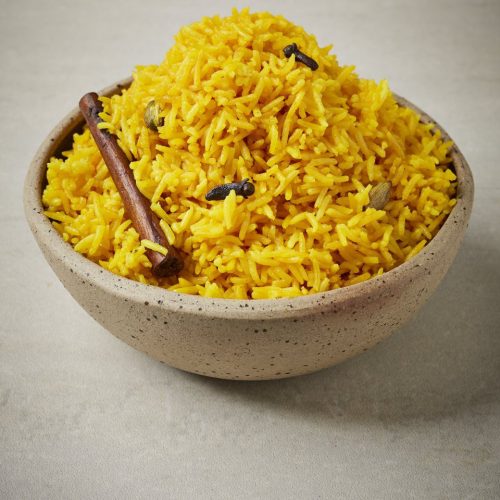
PILAU RICE
Equipment
- 1 pan
- 1 stove
Ingredients
- 1 Cup Basmati Rice
- 1 Tbsp Pilau Spice Mix
- 2 Tbsp Olive Oil ¼ Cup Onions (diced)
- 1¼ Cups Broth (Chicken or Beef)
- ¼ Cup Thick Coconut Milk
Instructions
- Turn heat to medium high.
- In a medium sized saucepan, put in Basmati Rice, Pilau Spice Mix, Oil and Onions.
- Cook, stirring constantly, until the onions and spices start to brown.
- Add Broth and Coconut milk and bring to a boil.
- Turn heat down to simmer and cook for 25-30 minutes or until rice is tender.
- Turn off heat and remove the pan from the stove.
- You can serve it immediately or place in a warm oven until ready to serve.
Video
Notes
-
- Kenyan Bean Stew
- Pan Fried Tilapia
- Grilled Goat Roast
Nutritional ingredients of Pilau Rice
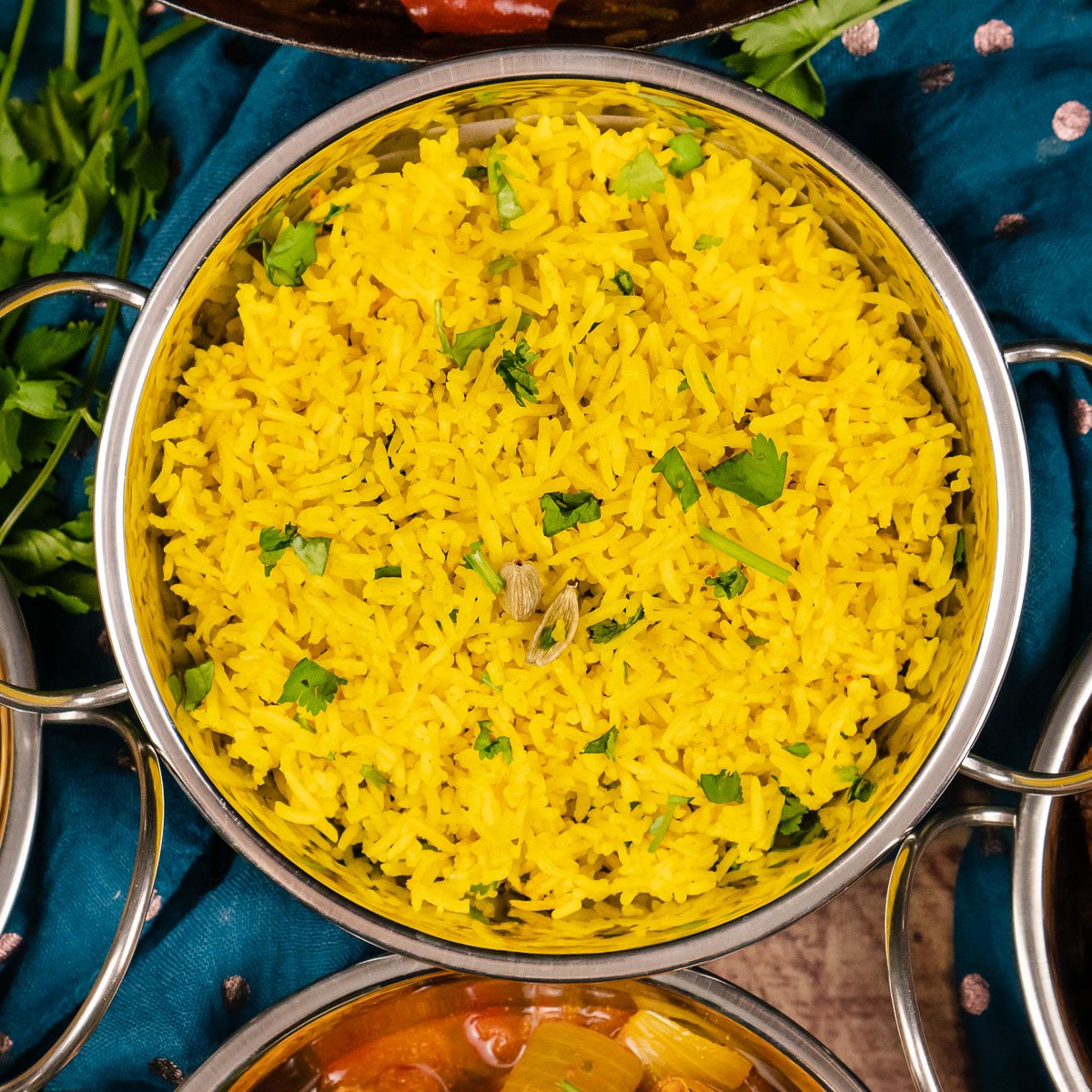
The nutritional content of pilau rice can vary depending on the specific recipe and ingredients used. However, here’s a general overview of the nutritional components you might find in a typical serving of pilau rice:
- Carbohydrates: Rice is primarily composed of carbohydrates, which provide energy. The type of rice used (white, brown, basmati, etc.) can affect the carbohydrate content. On average, a serving of pilau rice can contain around 40-60 grams of carbohydrates per cup.
- Protein: The protein content of pilau rice can come from sources like rice itself, as well as added ingredients such as meat, poultry, fish, or legumes. A serving of pilau rice may contain around 5-15 grams of protein or more, depending on the added components.
- Fats: Fats are often used to sauté spices and ingredients before cooking the rice, and they can also come from sources like added oils or butter. The fat content can vary but is typically in the range of 5-15 grams per serving.
- Fiber: The fiber content of pilau rice depends on the type of rice used. Brown rice tends to have more fiber than white rice. Fiber aids in digestion and can help regulate blood sugar levels. A serving of pilau rice might contain around 2-4 grams of dietary fiber.
- Vitamins and Minerals: The specific vitamins and minerals present in pilau rice can depend on the ingredients used. Spices like cumin and cardamom can contribute to the overall nutritional profile. Additionally, if vegetables are included, they can provide vitamins and minerals such as vitamin A, vitamin C, potassium, and others.
Tips and tricks
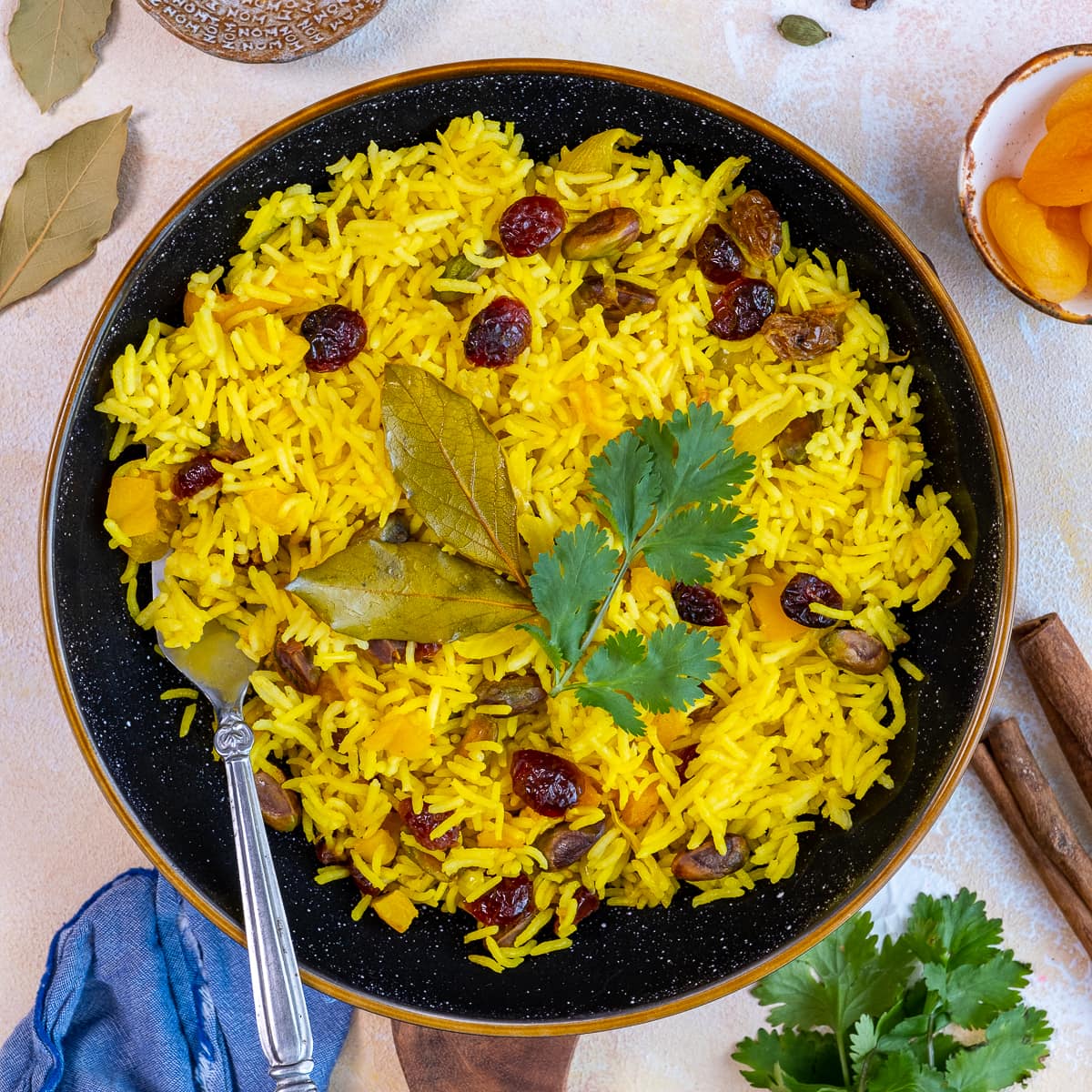
- Choose the Right Rice: Basmati rice is a popular choice for pilau due to its long grains and aromatic flavor, but you can also use other long-grain rice varieties. For a healthier option, consider using brown rice, which adds a nutty flavor and more fiber.
- Rinse the Rice: Before cooking, rinse the rice under cold water to remove excess starch. This helps prevent the rice from becoming too sticky when cooked.
- Sauté the Spices: Sauté whole spices (like cinnamon sticks, cardamom pods, and cloves) in oil or butter before adding the rice. This step helps release their flavors and aromas, enhancing the overall taste of the dish.
- Use Aromatic Spices: Use a blend of spices such as cumin, coriander, turmeric, and paprika to create a rich and flavorful base for your pilau.
- Sauté Onion and Garlic: Sauté finely chopped onions and garlic until they’re golden and fragrant. This adds depth of flavor to the pilau.
- Customize with Veggies and Protein: Add vegetables like peas, carrots, bell peppers, or even protein sources like chicken, lamb, or shrimp to make the pilau more nutritious and hearty.
- Add Broth or Coconut Milk: Instead of plain water, consider using broth or coconut milk to cook the rice. This imparts additional layers of flavor to the dish.
- Perfect the Water-to-Rice Ratio: For traditional basmati rice, a common ratio is 1.5 cups of water or broth for every 1 cup of rice. Adjust this ratio based on the rice variety you’re using.
- Don’t Overcook: Be mindful of cooking time to avoid overcooking the rice. When using the absorption method, cover the pot tightly with a lid and let the rice steam on low heat once the liquid comes to a boil.
- Fluff with a Fork: After cooking, let the rice sit, covered, for a few minutes before fluffing it gently with a fork. This helps separate the grains and prevent clumping.
FAQs of Pilau rice

- What is pilau rice? Pilau rice, also known as pilaf or pulao, is a dish made by cooking rice with a variety of spices, seasonings, and often additional ingredients like vegetables, meat, or seafood. It’s known for its flavorful and aromatic qualities.
- What type of rice is best for pilau? Basmati rice is commonly used for pilau due to its long grains and fragrant aroma. However, you can also use other long-grain rice varieties, and some recipes even use brown rice for added nuttiness and fiber.
- What spices are typically used in pilau rice? Common spices include cumin, coriander, cardamom, cinnamon, cloves, and turmeric. These spices contribute to the dish’s distinctive flavor and aroma.
- Can I make pilau rice without meat or vegetables? Yes, you can make a simple pilau rice without meat or vegetables by focusing on the flavorful rice and spice mixture. This can be a great side dish or base for other dishes.
- How do I prevent pilau rice from becoming too sticky? Rinsing the rice before cooking removes excess starch and helps prevent stickiness. Additionally, using the right water-to-rice ratio and avoiding overcooking are important steps to achieve fluffy rice.
- Can I make pilau rice without sautéing spices? Sautéing the spices before cooking the rice enhances their flavors, but if you prefer a milder taste, you can add the spices directly to the cooking liquid. Keep in mind that the flavors might be less intense.
- Is pilau rice spicy? The level of spiciness in pilau rice can vary based on the spices used and personal preference. You can adjust the amount of spices to control the heat level.
- Can I make pilau rice in a rice cooker? Yes, you can make pilau rice in a rice cooker by sautéing the spices and aromatics separately before adding them to the cooker with the rice and liquid. Adjust the settings based on your cooker’s instructions.
- What can I serve with pilau rice? Pilau rice pairs well with a variety of dishes, including curries, stews, grilled meats, and vegetable dishes. Yogurt-based sauces, chutneys, or pickles can also complement the flavors.
- Can I make pilau rice in advance? Yes, you can prepare pilau rice in advance and reheat it when needed. To prevent drying out, add a splash of water or broth before reheating.
In this exploration of pilau rice, we’ll dive into its rich history, the artistry behind its preparation, the nuances of spices that dance upon the palate, and the myriad ways it has woven itself into the cultural fabric of societies worldwide. Join us as we embark on a journey to uncover the secrets, stories, and savors that make pilau rice an enduring symbol of culinary excellence and global unity.


